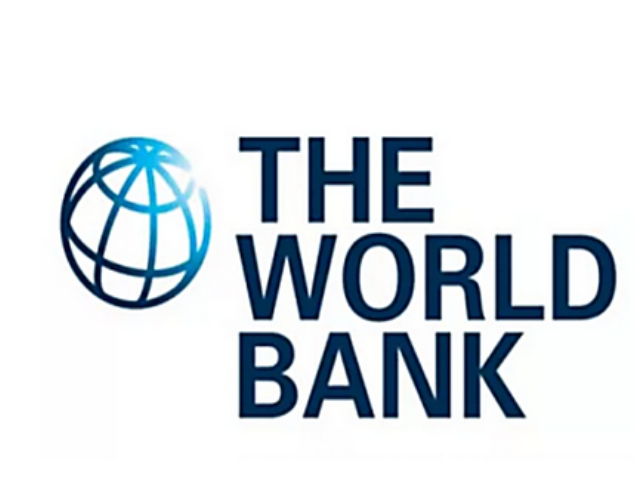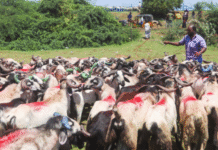New Delhi— Poverty in India has declined not just on paper but through measurable improvements in household incomes and living standards, according to a government factsheet released Saturday. The data follows recent revisions to global poverty estimates by the World Bank, which raised the International Poverty Line from $2.15 to $3.00 per day (adjusted for 2021 purchasing power parity).
Despite the higher benchmark, India emerged as a global outlier in a positive sense—demonstrating that credible data collection and targeted policy interventions can lead to real progress.
The World Bank’s update resulted in a net global increase of 125 million more people classified as living in extreme poverty. However, that number would have been significantly higher—by an additional 125 million—were it not for India’s revised consumption data, which alone offset the global rise.
At the core of this improvement is India’s adoption of the Modified Mixed Recall Period (MMRP) method in its latest Household Consumption Expenditure Survey (HCES), replacing the outdated Uniform Reference Period (URP). MMRP uses shorter recall periods for frequently purchased goods, capturing more accurate consumption patterns.
The result: significantly higher reported household consumption and a corresponding drop in poverty estimates.
In 2011–12, applying MMRP to older data reduced India’s poverty rate from 22.9% to 16.22% under the former $2.15 poverty line. By 2022–23, the poverty rate under the updated $3.00 threshold stood at 5.25%, and just 2.35% under the older $2.15 metric.
India’s average monthly per capita expenditure (MPCE) has also seen substantial growth. In 2023–24, rural MPCE reached ₹4,122 and urban MPCE hit ₹6,996—excluding the value of items received through welfare schemes. When those are included, the figures rise to ₹4,247 and ₹7,078, respectively. This marks a dramatic increase from ₹1,430 (rural) and ₹2,630 (urban) reported in 2011–12.
The gap between urban and rural consumption has also narrowed, with the differential falling from 84% in 2011–12 to 70% in 2023–24, pointing to a gradual reduction in inequality.
All 18 major states recorded increases in MPCE for both urban and rural populations. Odisha posted the highest rural growth (around 14%), while Punjab led urban improvements (around 13%).
Additionally, the Gini coefficient—a measure of inequality—declined from 0.266 to 0.237 in rural areas, and from 0.314 to 0.284 in urban areas over the past year, indicating a broad-based reduction in consumption inequality.
India’s experience, the factsheet concludes, is a case study in how evidence-based policy, sustained reform, and accurate data collection can yield transformative social and economic outcomes. (Source: IANS)







